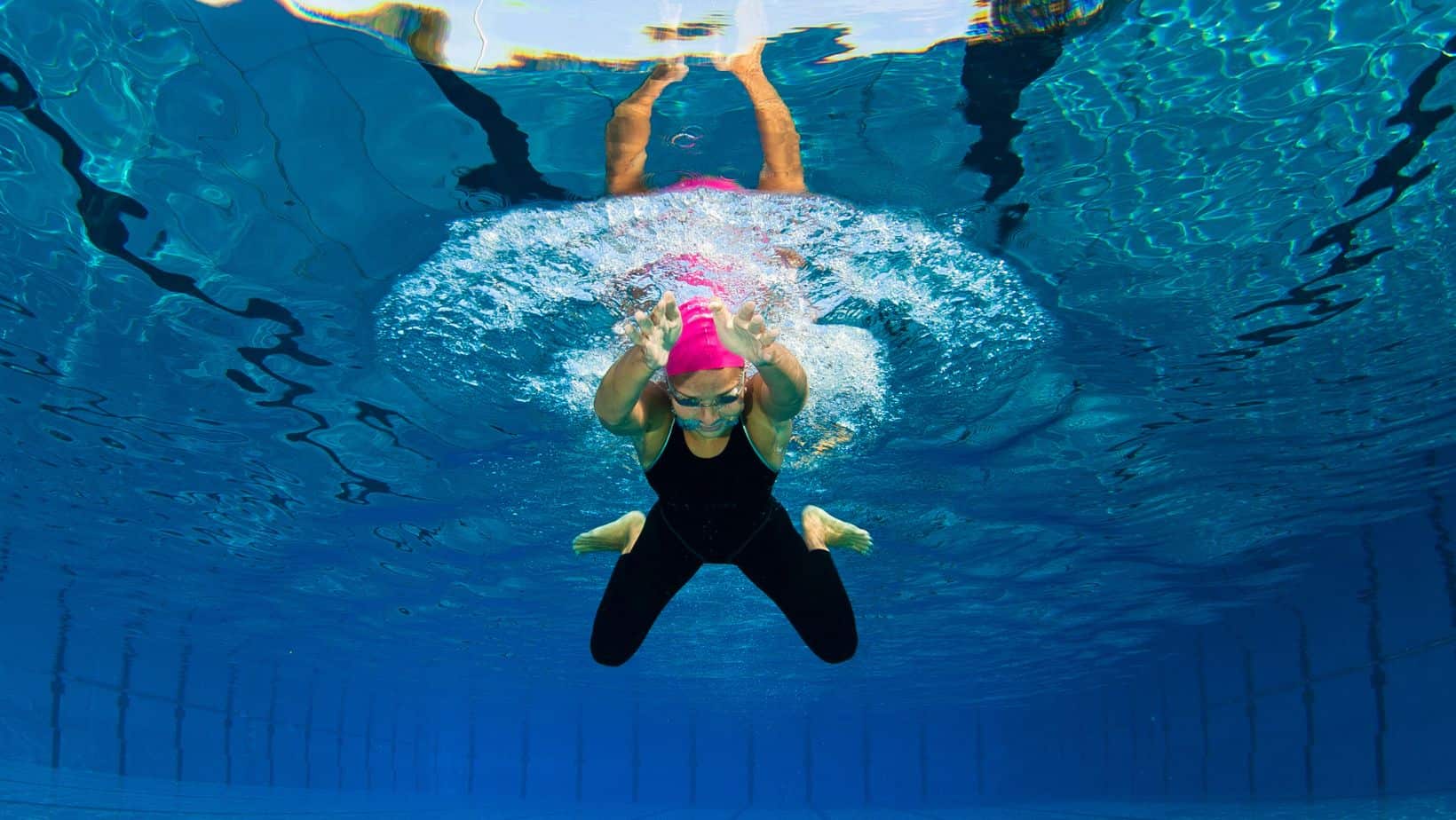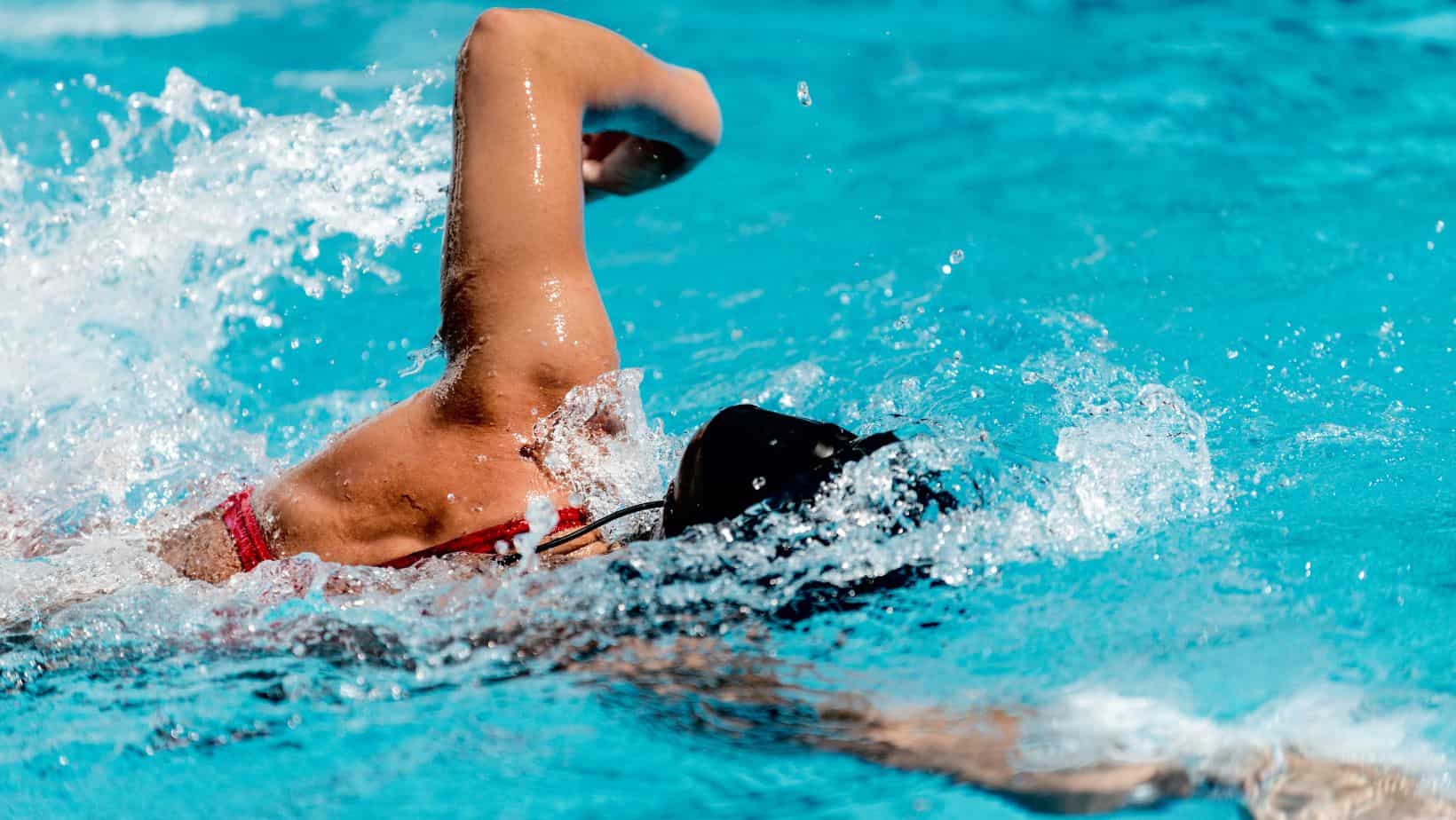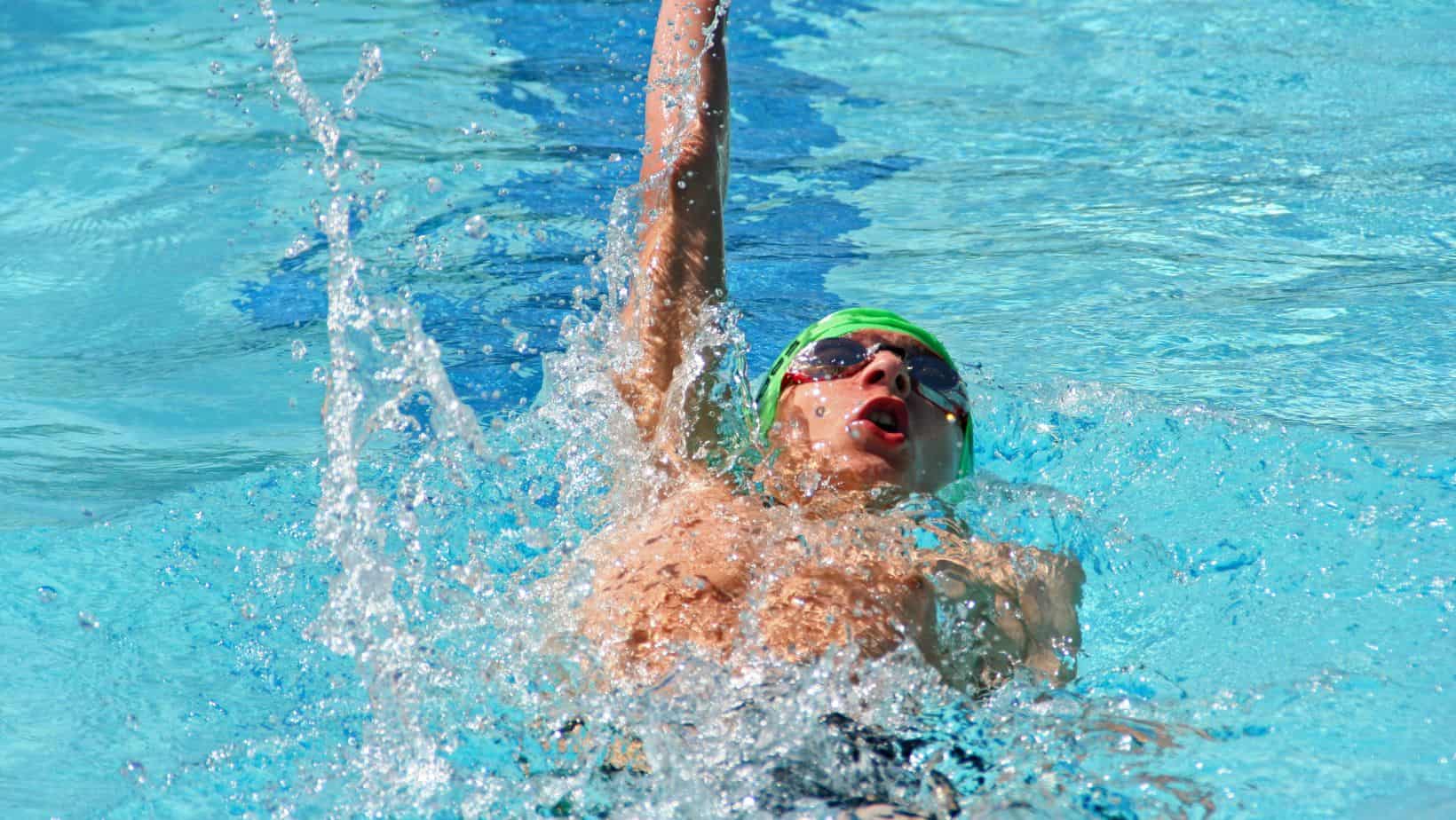MCL Injury
Read More >
Swimming is a non-impact sport which uses the whole body, it is therefore a sport with a low incidence of injury. The most common swimming related injury is Swimmers Shoulder, typically related to swimming front crawl, and the next most common is Swimmers Knee, more common with swimming breaststroke, hence it is also known as Breaststrokers Knee.
Swimmers Knee, or Breaststrokers Knee, is a painful condition of acute or chronic sprain of the medial collateral ligament. It causes pain on the inner side of the knee joint and can cause swelling, restriction in range of movement and in the most severe cases can cause instability or giving way.

Knee pain after swimming may be related to the condition of Swimmers Knee, aka Breaststrokers Knee, which is the strain or sprain to the medial collateral ligament. This is the common condition when related to swimming breaststroke, as the breaststroke kick is a powerful movement and puts a lateral strain on the knee, the force of which is taken by the muscles in the leg, failing that the ligaments of the knee. It is not the only injury that can occur in the knee of swimmers. Swimming front crawl, back stroke or butterfly also requires a powerful kick, though as it is in a straight line in the normal direction of knee movement the incidence of injury is far lower. This flick of the leg can irritate structures in the knee, more commonly this is related to poor form or sudden increases of training frequency, duration or intensity.
If you have knee pain that is unrelated to swimming, then swimming can be a good alternative exercise while you recover. As swimming front crawl uses predominantly the upper body to generate propulsion, the legs and therefore knee take little stress. There is also the option of using a pool buoy to keep your legs afloat but inactive during the front crawl stroke, if it is best for you not to kick. Your physical therapist is well placed to advice you on what might be best for you and your injury.

Swimming can be good for knee pain as it is a non-impact exercise. Front crawl, backstroke and butterfly, involves a repetitive small range of movement of flexion and extension of the knee which can good for some knee injuries to reduce pain. In most cases, but not all, breast stoke is not recommended for anyone who has knee pain as it does put a lot of strain on knee joint.

Front crawl or backstroke are the best option for knee issues. These strokes both get most of the forward propulsion through the water from the upper body so the legs can do relatively little. If no action by the legs would be best you can also use a pool buoy to keep your legs afloat while not kicking at all. If some movement would do you good then you might be advised to use your legs during the strokes more or less. And lastly you can always use a flat float held in front of you and just focus on kicking. This way you are focused on the technique of the kick as well as the intensity, without distraction from the movements of your upper body.
Swimming front crawl, backstroke and sometimes butterfly can be ok to do while recovery from ligament injuries as these strokes pose low stress on the knee. It will depend on the specific ligament that is injured and if there are any other structures injured concurrently, as to whether you are advised not to swim at all, that you can swim using your upper body only, or whether you should avoid a particular stroke such as breast stroke. Ask you physical therapist or consultant for their recommendations for your specific injury and phase of recovery.
This is not medical advice. We recommend a consultation with a medical professional such as James McCormack. He offers Online Physiotherapy Appointments for £45.